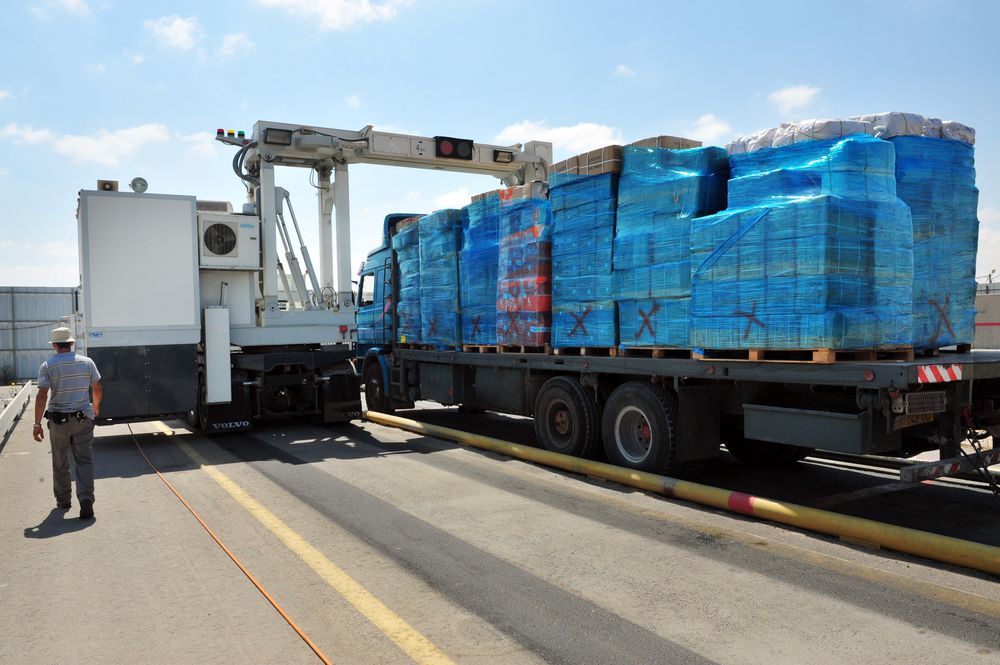Cross-border Shipping: Guidelines For Beginners
If you are an online merchant, you may find cross border shipping a little terrifying. You may ask yourself why shipping across a border is so expensive or what’s up with shipping customs? Cross border shipping is quite challenging especially if you don’t understand the guidelines surrounding it.
Besides, it can be tempting to stick to shipping to your customers within your borders. However, if you’re not shipping cross-border, you’re likely missing out on a target market. Mastering the basics of this shipping method takes time. But, with the right tips, cross-border shipping can become a simple endeavour.
Before you start shipping cargo internationally, you need to consider a lot of factors. Aside from that, you need to choose between two options. The first option is to store your products in your home country and then ship it internationally using a selected shipping carrier. The second one is storing your products/items in the destination country and then shipping them to your customers.
In this blog, we will answer all of the pertinent questions that surround cross-border shipping. More importantly, we will provide a list of the best guidelines for successful cross-border shipping.
What is Cross-border Shipping?
Cross-border shipping is used when goods/items are transported from one country to another country, with no inventory stored in the destination country. The goods or items will go through customs, where import duties may have to be paid depending on what trade agreements are used, including the de minimis values. When it comes to cross-border eCommerce, the shipping mode only needs to be used when a sale has been made.
A good alternative to cross-border shipping is creating a traditional local distribution model that involves setting up warehouses and managing fleets to organize shipments in the destination country. Usually, it is done to minimize shipping times when orders arrive since the inventory is kept closer to the destination country. It is crucial to estimate the demand accurately to avoid an oversupply of items or item stock-outs.
Here at All Freight Shipping, we offer warehousing and cross-border freight delivery services in Canada and the U.S. Our popular routes include:
- Vancouver to Toronto
- Montreal to Toronto
- Calgary to Toronto
- Edmonton to Toronto
- New York To Toronto
- California to Toronto
- Dallas to Toronto
- Chicago to Toronto
- New Jersey to Toronto
Simple Guidelines When Getting Started with Cross-Border Shipping

Before you ship products across the border, there are several first steps to take.
- Localize the content of your website to fit the interest of your international customers.
- When pricing your items, keep in mind the currency and duties, including the taxes. Then, display all this information on your website.
- Always provide the necessary information about your shipping carrier on the checkout page so that your customers can track their parcels.
- Provide a returns policy that is prominently displayed on your international website.
- Choose a trusted shipping carrier or use a cross-border shipping fulfillment partner.
Common Mistakes When Shipping Internationally
The dos’ in shipping across borders are mentioned above. Now it’s time to know what the don’ts are for cross-border shipping.
- Don’t attempt to handle all aspects of the shipping process by yourself, especially if you are not familiar with it. You are most likely to make mistakes.
- Don’t ignore the documentation required, as well as the customs duties that need to be paid.
- Don’t rush on deciding whether to choose a cross-border fulfillment partner or third party logistics warehouse.
- Don’t forget to label your packages with the appropriate details.
- Don’t neglect the quality of your product’s packaging.
What to Consider When Choosing Cross-border Shipping?

Shipping internationally is quite challenging for beginners, but it can make your business more profitable. These tips for cross-border shipping will ensure that your freight gets to its destination in a timely manner.
- You need to be familiar with all the complex laws and regulations surrounding international shipments. It would be best if you also understood the documents required for cross-border shipments to be permitted.
- It would be best if you studied the exchange rates before pricing your products.
- You must provide more options for international customers to pay via their preferred payment methods.
- It would be best to continually observe the product/item trends within your target markets to have relevant products.
- Remember that international fulfillment takes much more time than a local fulfillment.
- It would be best if you acquired a liaison in destination countries to handle communications and returns.
- You may need to spend on a cross-border fulfillment partner to absorb the impact of returns. International returns are expensive.
How to Make Cross-boarder Shipping Easier

To make your cross-border shipping experience comfortable and easy, you need a cross-border fulfillment partner. They can simplify the shipping process for your business by integrating their secure shopping system into your pre-existing business system.
When an international client wishes to buy a product, they are brought to a checkout page that usually resembles your own. However, this page contains all the product’s information and prices in the local language as well as local currency. Whereas, on the final bill, it includes applicable shipping fees and duties.
Once the customer’s purchase is completed on your cross-border fulfillment partner’s billing page, the fulfillment partner will purchase the product on your website. You can then ship it to the partner’s local fulfillment center using your selected shipping method. From this point, your cross-border shipping partner will handle the transport across borders and even the returning process.
Using 3PL Partners for Fulfillment
Aside from getting a cross-border shipping partner, a 3PL partner or third-party logistics company is another option. They can offer warehousing services where you can stock your products in your target international market. If your business is large enough, consider using the services of a 3PL.
Below are the scenarios of how things usually work with a 3PL partner:
- Your shipping carrier collects all the shipments from your facility and ships it internationally.
- The products/items will be sent to the warehouse of your 3PL partner company.
- The 3PL partner handles the storage, sorting, packaging, final delivery, and even the returns of products.
Final Thoughts
If your business cannot handle the cost of setting up a warehouse or partnering with a third-party logistics company, use a cross-border shipping method. On the other hand, storing your products in the destination country is ideal for your business if it is large, and the time-bound delivery is critical. It may lower the cost of each delivery for your customers since there are no duties to be paid. However, this option involves expenses associated with setting up a warehouse or even a third party partner in the destination country.
When shipping freight from Canada to the United States, you need to work with an experienced shipping carrier. All Freight Shipping has many years of hands-on experience handling cargo across the Canada/US border. If you want to get an estimate today, call us at 647-691-5535 or send us an email at info@allfreightshipping.com.

